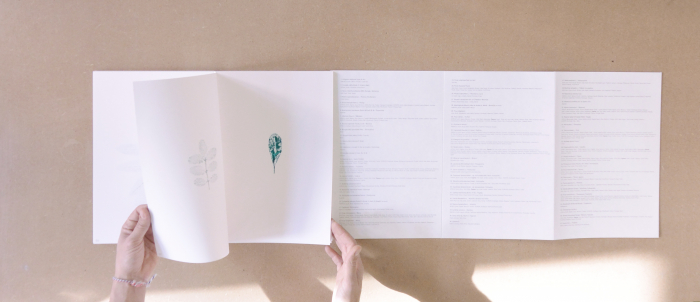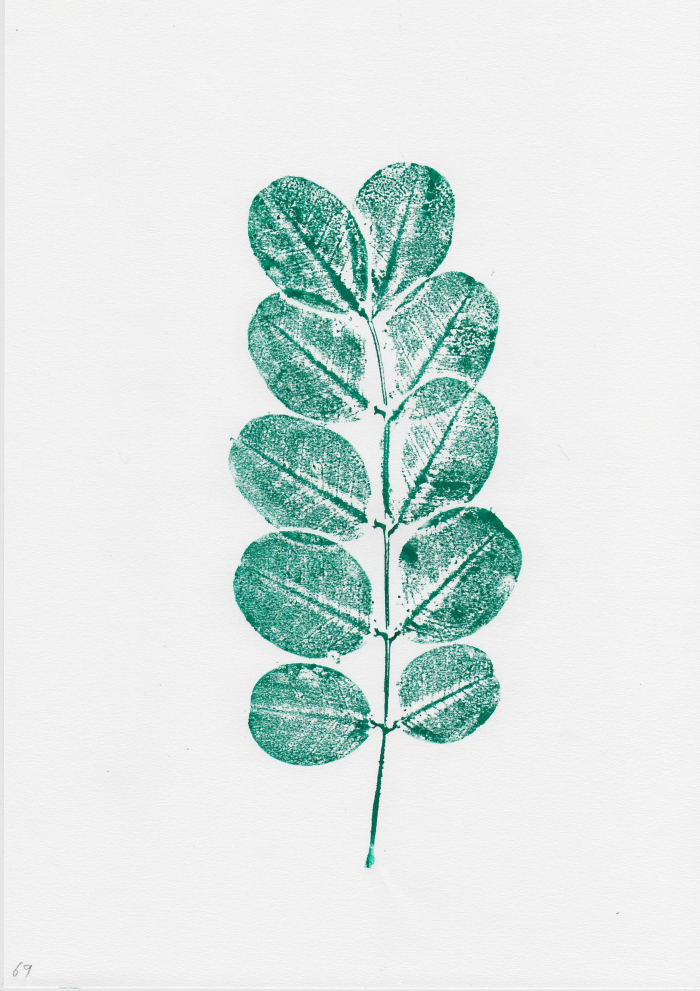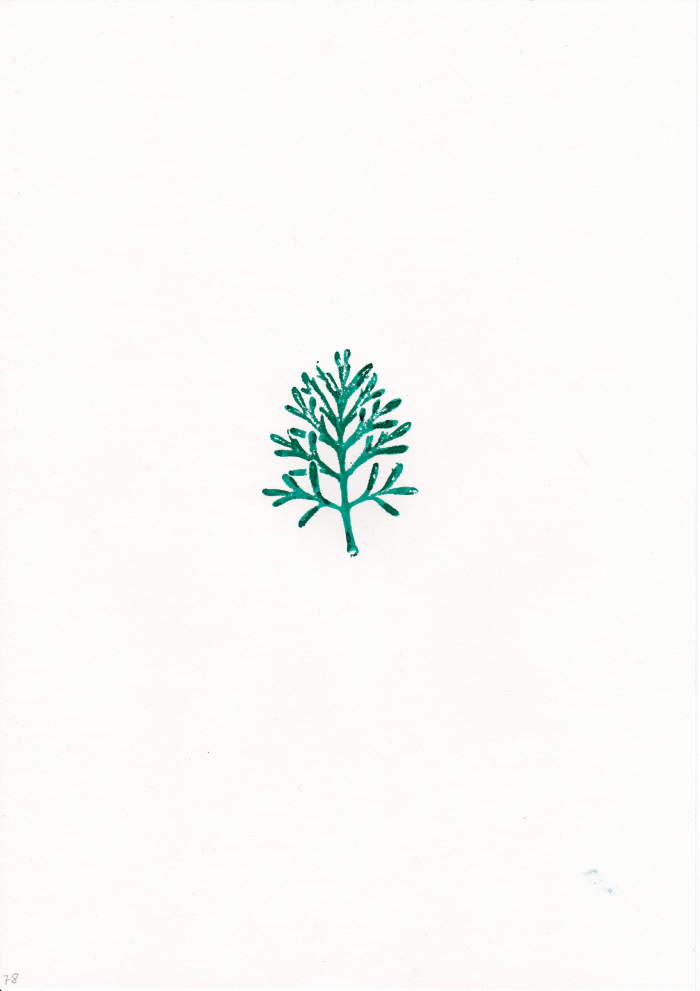SMALL SCALE STUDIES: memo-garden
2017, Artist Book, Maps, Text | Dimensions Variable
Book Volume: paper, stamp-ink, pencil, digital print (21 x 29,7 x 0,25 cm)
Graphic Design: Aki Makita
Bookbinding: Esther Everding
Photos: Sarah Duby
If a public garden is an artificial configuration of plants, a space produced for people -the citizen, the visitor, the scientist- to study and enjoy “nature”, then it is also a living archive in which human action itself, the making of a landscape, can be observed.
Each individual plant in this archive constitutes a living record: A tree’s age is impeccably traced in its annual rings. These render time readable to the exact calendar year and store the climatic conditions of a tree’s local environment. The morphology of a plant’s leaves indicates its affiliation to a biological family of ancestors, relatives or clones.
Once identified and classified, a certain plant is often connected to a story of displacement. While being rooted in a specific territory, it evidences at once the (dis)continuities between the place in which it is immediately encountered and the respective location(s) where it originates.
The spatial coordinates of this displacement indicate paths of natural dispersion through wind, water or animals, as well as one determined by human activity, either deliberate or accidental. In the second case, the actual common and scientific terminology refers to displaced plants as variably as ‘introduced’, ‘alien’, ‘exotic’, ‘invasive’, ‘non-native’, ‘acclimatized’, ‘naturalized’ and ‘immigrant’ species.
Depending on the new ecological conditions, those plants are able to survive and reproduce in the wild.
Note on the book
The leaf-imprints of trees, shrubs, herbs and grasses included in this book were collected in the Nicosia municipal garden. One of the oldest, and to this day one of the few, existing public gardens of Cyprus, its formation started in 1901 while the island was a protectorate of the British Empire.
Some of its plants date from that period whereas others had been planted over the following years. Some of them are ‘natives’, whereas others have been introduced to the island through natural or human-influenced dispersion/ migration.
Nowadays, the small garden is mainly used as a temporary stage for various municipal cultural events. During the weekdays it is mostly empty. Its main visitors and users are migrant communities –mainly workers from India, Nepal, Bangladesh, Philippines, Sri-Lanka, Vietnam- who meet in the garden on Sundays, their day off, restoring thus to the space its public significance.
My action consisted in mapping the garden’s’ vegetation by identifying its plants and tracing their possible ways of migration to the island. This is an attempt to sketch the broad outlines of a rather invisible story of contiguous and continuous movement of people and plants on a very small scale.
2017, Artist Book, Maps, Text | Dimensions Variable
Book Volume: paper, stamp-ink, pencil, digital print (21 x 29,7 x 0,25 cm)
Graphic Design: Aki Makita
Bookbinding: Esther Everding
Photos: Sarah Duby














